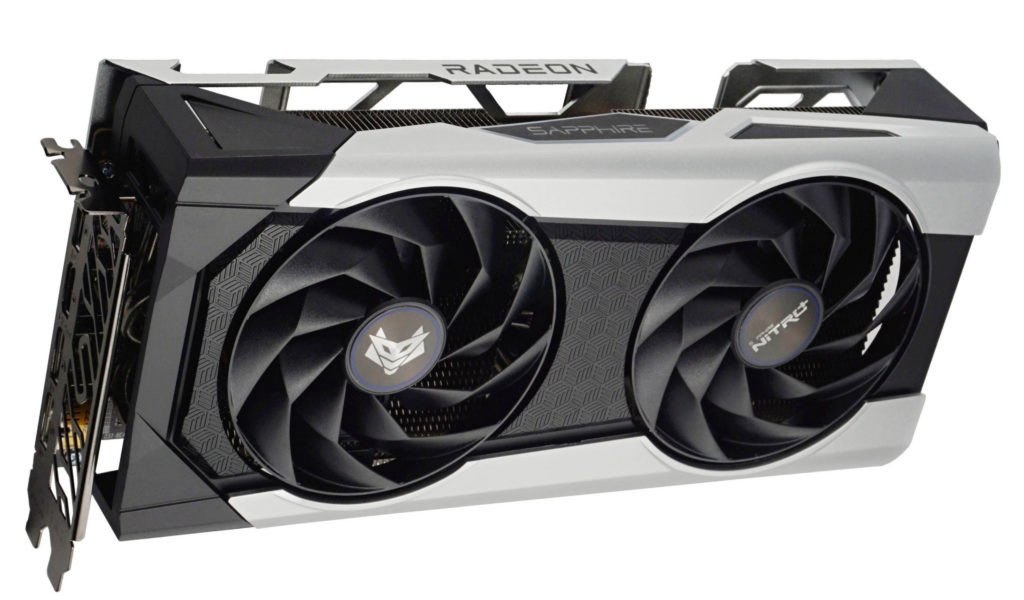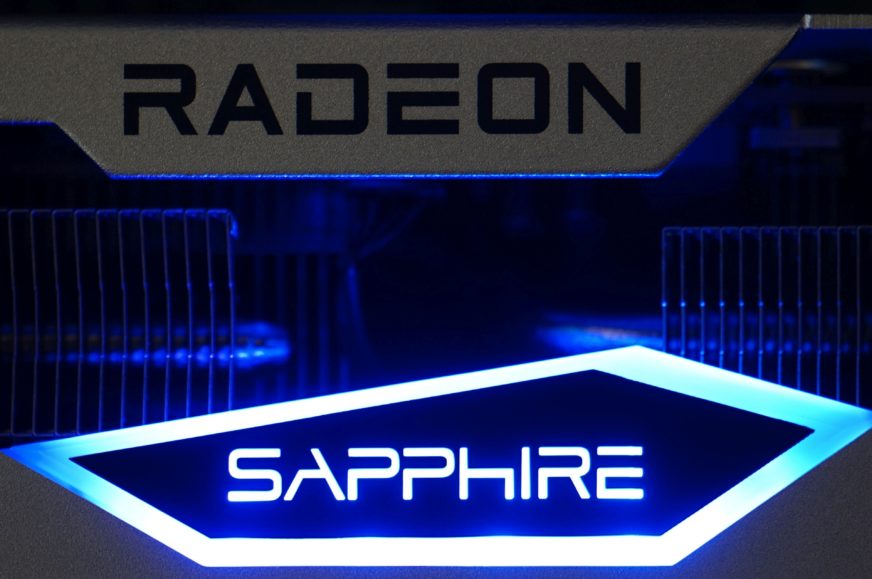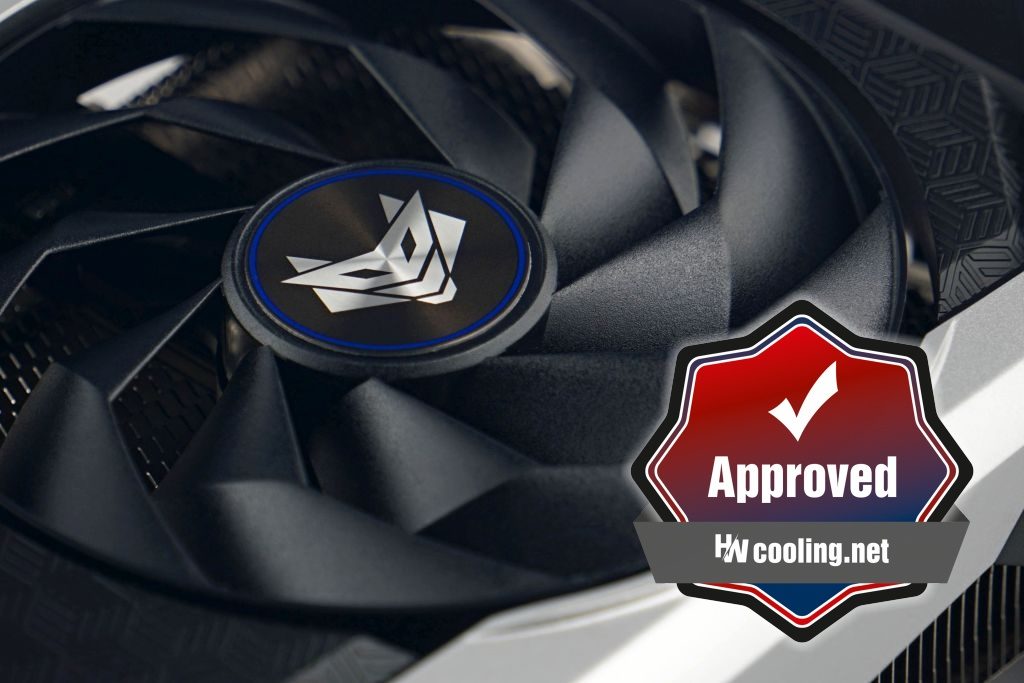Resizable BAR so Sapphire RX 6650 XT Nitro+
We didn’t make it to the release day of the Radeon RX 6000 refresh, but we’ve got them – performance tests with the Resizable BAR active. Mostly this technology is useful, but in some cases it is harmful. The test results show how AMD tunes this technology across different driver versions, optimizes it, and sometimes breaks and doesn’t fix some things for a change. However, these are outnumbered, and quite overwhelmingly, by improvements.
This article completes the tests of the Sapphire RX 6650 XT Nitro+, which have been half-finished so far. In the first batch of tests, ReSizabe BAR, which is supposed to increase performance, was deactivated. The reason why we disabled it and why the results without ReBAR are more relevant in benchmark tests is simple. Performance with ReBAR is highly volatile and thus it is not possible to maintain sufficient consistency in the results. In other words, what you measure today may not (and often won’t) match what you measure with the same hardware a month from now or what you measured a month ago.
Cumulative graphics card tests where testing is only done with ReBAR active are therefore highly inaccurate to the point of being misleading. In contrast, the repeatability of measurements without ReBAR is excellent. Drivers do change performance in games, but often only just after release. This is also why we still haven’t included God of War in the methodology yet, but you will find this game along with other add-ons in future graphics card tests.
Certainly, tests with Resizable BAR cannot be ignored and there is usually no reason to bypass this technology. However, that doesn’t change the fact that a full comparison of results with each other is only possible as long as the results are measured within a short time in succession, with the same drivers. We have such accurate outputs for you this time as well.

Average RX 6650 Nitro+ gaming performance gains are 2–6 % depending on resolution. In UHD the gain is the lowest (only 2 %), in QHD and in FHD it’s already the upper limit, 6 %. The RX 6650 XT is a graphics card designed primarily for Full HD (although with the FSR upscaler it won’t struggle with QHD monitors either) and therefore all performance changes mentioned in the following text are related to this resolution.
Of the games tested, the highest fps gain is in Forza Horizon 4, Total War Saga: Troy and in CS:GO (+18 % in all cases). In Counter Strike, the noise level of the coils also went up significantly, by 2 dBA. The frame rate is also 5–8 % higher in Assassin’s Creed: Valhalla, in Battlefield V, in Borderlands 3, in Cyberpunk 2077 or in Shadow of the Tomb Raider. Red Dead Redemption II is already under 5 % (+4 % under Dx12, only 3 % under the Vulkan API). F1 2020 sees a 3 % increase in fps, in DOOM Eternal and in Mafia: Definitive Edition it’s only 2 % and it’s gradually going after Wasteland 3 (+1 %) to zero.
ReBAR has no impact on FIFA 21 and partially Control and Metro Exodus. Partly because with DXR there is a performance increase. In Control it’s 7 %, in Metro it’s more symbolic.. Conversely, in Cyberpunk 2077 with raytracing graphics, RB activity means a drop in fps, and a fairly significant one, up to 15 %. Either way, however, Cyberpunk 2077 with DXR at native resolution on the RX 6650 XT is unplayable, even at Full HD. You’ll only get some more reasonable smoothness after a significant reduction in detail or FidelityFX Super Resolution application. Players of Microsoft Flight Simulator, in which it also reduces performance, are also advised to turn off ReBAR.
Compubench’s computational tests (OpenCL) are not much affected by ReBAR, though the results are always a bit worse with it. In 3Ds Max, Creo or Siemens NX, however, it already has a favorable impact on performance, although it is still in the plane of a symbolic improvement that you hardly notice. But in Caffe it’s already +7 %. Likewise in LuxMark – Neumann (+7 %). However, there is a 20-percent drop on a different scene (LuxBall HDR). Worth noting here is the fact that at the time of testing of the RX 6600 XT (10/2021), ReBAR had no performance impact in the LuxMark tests. So it’s a nice demonstration of how volatile a performance interface it is.
ReBAR has a negative impact on the Radeon ProRender renderer, which the technology slows down dramatically. However, this is a long-term deoptimization that did not appear initially, at the onset of SAM. Surprisingly faster with ReBAR is a selection of Photoshop filters. Those that support GPU acceleration – Field/iris Blush, Smart Sharpen or Adaptive Wide-Angle. In Affinity Photo, ReBAR in turn speeds up work with vector graphics. So we can conclude that AMD is slowly and quietly tuning “SAM” in some way for non-gaming purposes, which is only good in practice.
Another notable finding is that with ReBAR, the RX 6650 XT with two monitors has significantly lower power draw.It’s still far from idle consumption (due to the increased VRAM frequencies), but with continuous operation, even saving 8.5 W is better than nothing. Along with higher performance under load, power draw also increases. On average, it’s around 20 W, which at 190 W already slightly exceeds the TDP (176 W) of the Sapphire Nitro+ card we tested.
English translation and edit by Jozef Dudáš
- Contents
- Resizable BAR so Sapphire RX 6650 XT Nitro+
- Specifications table
- Methodology: performance tests
- Methodology: how we measure power draw
- Methodology: noise and sound measurement
- Methodology: temperature tests
- Test rig
- 3DMark
- Age of Empires II: DE
- Assassin’s Creed: Valhalla
- Battlefield V
- Battlefield V with DXR
- Borderlands 3
- Control
- Control with DXR
- Counter-Strike: GO
- Cyberpunk 2077
- Cyberpunk 2077 with DXR
- DOOM Eternal
- F1 2020
- FIFA 21
- Forza Horizon 4
- Mafia: DE
- Metro Exodus
- Metro Exodus s DXR
- Microsoft Flight Simulator
- Red Dead Redemption 2 (Vulkan)
- Red Dead Redemption 2 (Dx12)
- Shadow of the Tomb Raider
- Shadow of the Tomb Raider s DXR
- Total War Saga: Troy
- Wasteland 3
- Overall gaming performance per euro
- CompuBench (OpenCL)
- SPECviewperf 2020 a SPECworkstation 3
- FLOPS, IOPS and memory speed tests
- 3D rendering 1/2 (LuxMark a Blender@Cycles)
- 3D rendering 2/2 (Blender@Radeon ProRender and Eevee)
- Photo editing (Adobe Photoshop, Lightroom and Affinity Photo)
- Broadcasting (OBS and Xsplit)
- Password cracking
- GPU clock speed
- GPU temperatures
- Net graphics card power draw and performance per watt
- Analysis of 12 V branch power supply (higher load)
- Analysis of 12 V branch power supply (lower load)
- Analysis of 3.3 V branch power supply
- Noise level
- Frequency response of sound













Got a PowerColor Hellhound, this card is perfect for 1080p gaming. It’s nice to know you can have more performance with this budget card. Thanks!